#conglobed
Text

(gestures at isopod bin) is this a fursona
85 notes
·
View notes
Text
new word learned: conglobate (verb)
to form into a globe or ball
#reading about isopods and they were described as being popular as pets partially due to their ''conglobating ability''#pippen needs 2nd breakfast
5 notes
·
View notes
Text


Tag yourself, which common name for armadillidiidae are you?
#armadillidiidae#isopods#pill bug#roly poly#tag yourself#tag game#wikipedia#I'll go first I would be a 'butchy boy' or 'butcher boy'#Also the rolling into a ball thing is called 'conglobation' which is a word I will somehow insert into my vernacular
5 notes
·
View notes
Text
if ur wonderign why all the vids i post are of chocolate zebras specifically theyre just the most surface active pods i have. the others prefer their privacy
#posts#basically i just dont have to bother them to get a vid of them and in the case of one on my hand. ok i might have taken that one out. sue m#but im less scared of stressing them out than like. my cappies. who conglobate immediately and do not get out of the ball until im long gon#isoposting
1 note
·
View note
Text
Pill Scarab Beetles: these beetles are covered in plates that perfectly interlock when the beetle folds its limbs, lowers its head, and curls itself into a ball

Above: Eusphaeropeltis sp. (top/bottom left) and Ceratocanthus aeneus (bottom right), two different species of pill scarab beetle
Beetles of the Ceratocanthinae subfamily (also known as pill scarab beetles) rely on a unique form of conglobation to conceal themselves. As the beetle tucks its head down and folds its legs up against its belly, the plates on its head, thorax, abdomen, and legs all come together to form a solid shield; the plates on its legs even have grooves and corresponding ridges that allow them to neatly interlock.

As this blog post explains:
Adult Ceratocanthinae are best known for their ability to conglobate: rolling into a nearly perfect ball. The elytra, pronotum, head, and all six tibiae interlock with each other by means of grooves and corresponding ridges, forming a tightly connected external surface. Many beetles take the form of a tight compact structure when threatened, however in Ceratocanthinae the tibiae of all six legs participate in forming the external hard surface of the sphere, unlike in other beetles.

Above: Ceratocanthus sp.
The Ceratocanthinae subfamily contains many different genera/species, and they are all collectively known as pill scarabs. Many of them have a colorful, metallic appearance; they may be green, red, blue, brown, black, or multicolor.
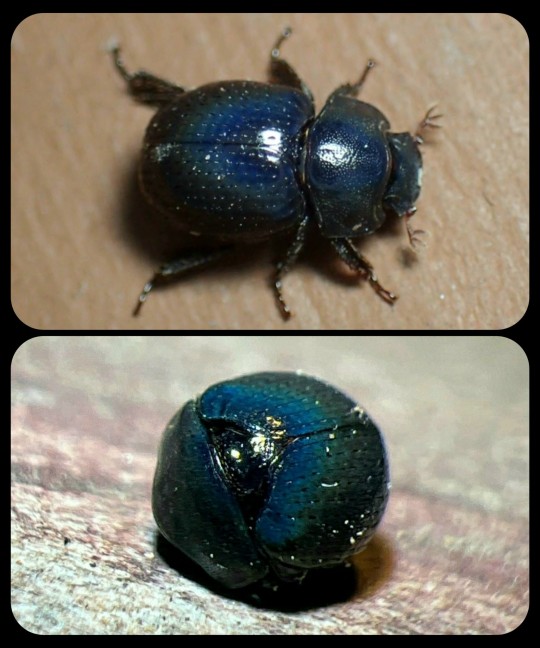
Above: Germarostes globosus
Sources & More Info:
Gil Wizen: Transformers (Ceratocanthinae Beetles)
Communications Biology: The Evolution of Conglobation in Ceratocanthinae
Arthropod Systematics and Phylogeny: Rolling into a Ball: phylogeny of the Ceratocanthinae
ZooKeys: The Ceratocanthinae of Ulu Gombak
Pavel Krásenský Photography: Scarabaeidae (this site is written in Czech)
#entomology#insects#beetles#pill scarab#ceratocanthus#ceratocanthinae#coleoptera#coleopterology#nature#scarabs#Eusphaeropeltis#gil wizen#Pavel Krásenský#cool bugs#cute animals
10K notes
·
View notes
Text
I only just learned (or was reminded of) the word "conglobation"
I dunno if there is like a deeper psychological meaning behind this, but the ability to roll up into an armored little ball has always been my very favorite "power" for any animal or fictional creature to have. It may be one of the simplest tricks in the book, replicated countless times since we ever even had animals in the first place, and in a fictional setting that has magic powers and such it seems almost laughable, but it simply delights me to no end.








Peak performance right there, this is the ideal body type sorry not sorry
On the plus side since it's all convergent evolution, it is within reach for everyone
1 note
·
View note
Text
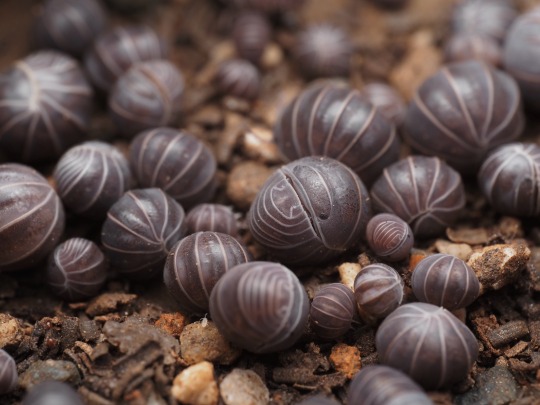
my Armadillo officinalis “Spain” colony is thriving, although they are very slow-growing. one of the few isopods that spends much of its time conglobated and not clinging to cover objects


7K notes
·
View notes
Text
whole woodlouse.

#whole woodlouse#i cant stop thinking about this#woodlouse#isopods#roly poly#pill bug#armadillidiidae#conglobating#crustacea#arthropoda#bug
1 note
·
View note
Note

Zuzara sp. is one of the only marine conglobating isopods
It also looks so uncannily like a top view of a frog despite living in seawater where that would never be viable mimicry or anything so it's just completely incidental?!
Also didn't know ANY marine isopods really conglobated!
515 notes
·
View notes
Text

Ah... ze humble pill bug. Shy, innocent, never wished anything against anybody, and never will. You would never hurt Pill Bug, would you? I hope not. That would be horrible. You should pick on someone your own size! An isopod the size of a human! That might hurt if it was brave enough to walk on you with its pointy feet. Actually, Pill Bug is SO sweet, that wouldn't be enough. Anyone who would wrong Pill Bug should pick on someone many times their size...
(Unless you are, for example, a woodlouse spider. In that case, I am sorry for my earlier apprehension. Please continue to hunt and eat pill bugs. It is what you are meant to do, and what you do best.)

Name: Megonta
Debut: Kid Icarus: Uprising
Imagine a world in which pill bugs are called "enormous sphere bugs". In this world, the following sentence would make perfect sense: Megonta really puts the "enormous sphere" in "enormous sphere bug"! It's probably around 15 feet in height and diameter, far, far larger than the largest isopods we have on Earth (unfortunately).
Megonta is a very neat stylization of a pill bug! Even when its legs are out, its body is already spherical, reflecting the pill bugs' most iconic ability at all times. It's immediately recognizable as a pill bug, and the sphericality also makes it much taller and more imposing. You just know this could roll at you at a moment's notice! And I personally would not survive that.

Megonta's shell, of course, protects it from all attacks! But it CAN be knocked over, exposing its soft underbelly. Sigh. It's always the soft underbelly. You know how video games work, that is its weak point. But look at its face area! We can see the hole that its face and legs tuck into when it fully conglobates (curls up)! Speaking of its face, I like how weird it is. Those appendages look very leg-like, and arhropod mouthparts (as well as antennae) did indeed evolve from legs! Some legs became better and better at moving food inside. Imagine if your teeth could all wiggle around independently, and had Leg ancestry. That's how bugs feel!

Back in the day, I felt like Smash Run in Super Smash Bros. for 3DS had too many Kid Icarus: Uprising enemies. Now, though, I realize that asset reuse is a cool and good thing, and also, of course, that Uprising enemies kind of deserve it for being so awesome and epic. Megonta is in Smash! Not playable, but it appears physically, and attacks, and is fought. I am technically not lying when I say "a pill bug is a fighter in Super Smash Bros. for Nintendo 3DS".
Did you know that "pill bug" refers to a specific family of land isopods? It's called Armadillidiidae! Armadillidiidae are the best at conglobating, able to even get their antennae enclosed within the shell. They are not to be confused with another family that is a bit less good at conglobation. This family is called... Armadillidae! So be careful. Don't mix up Armadillidae and Armadillidiidae at the isopod family reunion! That would be embarrassing.
It's so silly that they're named after armadillos. Isopods were here and conglobating first! It should be the other way around, if anything! But here we are, and it is so funny. There's a genus within Armadillidae just called Armadillo. So now actual armadillos can't use their ideal genus name, because a bug got to it first. If you reading this ever get to decide the name of an armadillo genus, please consider Isopod. It would be so funny. Keep this in mind in case that happens.
71 notes
·
View notes
Text

the bachi is a small moss-dwelling arthropod, who can conglobate (roll into a little ball) and flies mostly by gliding relying on air currents. acting almost like a seed, it gets transported to other places to find new mates or more food.
#okali#fantasy#wandering okali#species#art#graphi's things#worldbuilding#speculative biology#specbio#xenofiction#creature design#bugs#arthropods
184 notes
·
View notes
Text
#HedgehogWeek 🦔:
All hedgehogs are capable of volvation aka conglobation - aka, they can roll up into an armored ball in defense. 🙂
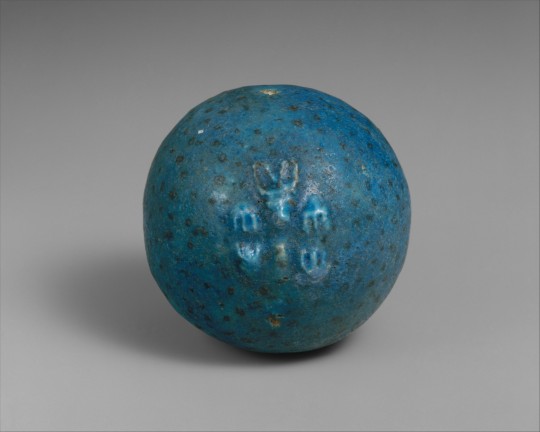
Hedghog
Egypt, New Kingdom, Dynasty 18, c. 1550–1450 BCE
Faience, diameter 5.8cm
Metropolitan Museum of Art, New York
The Metropolitan Museum of Art, New York: https://metmuseum.org/art/collection/search/544054
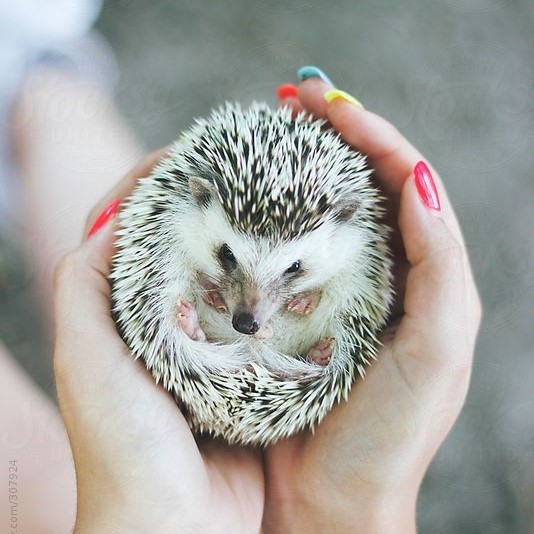
Photo via Stocksy United on Pinterest
#hedgehog#volvation#conclobation#mammalogy#zoology#animal defenses#ancient Egyptian art#faience#ceramics#New Kingdom Egypt#ancient art#animal holiday#Hedgehog Week#Hedgehog Awareness Week#Metropolitan Museum of Art New York#animals in art
273 notes
·
View notes
Text
I have some mutuals because bug/crustacean solidarity not because they enjoy yandere content. And I like to imagine at cool bug meetups I’m conglobated in the corner muttering something incoherent about my spouse and the other bugs are like “oh yeah that’s Haru. Don’t worry about it, it’s normal.” I appreciate you all putting up with my mental illness.
44 notes
·
View notes
Note
My eyesight is bad. What is the visual difference between A. vulgare and A. officinalis?
I’ve planned to make a post about this more formally with nicer macro camera shots eventually.
they’re in entirely different families (Armadillidae vs. Armadillidiidae) and convergently evolved their abilities to curl up.
Armadillo left, Armadillidium right.


a physical difference is that Armadillidium can’t conglobate completely, and always have the joint of their antennae sticking out from between their head and tail. Armadillo conglobate fully, concealing their antennae with a very smooth and sealed look to the pill form.
Armadillidium have three ridges on their heads, one under each eye and one in the middle forming an upturned “nose” (not well shown in these photos). Armadillo have just a smooth edge to their heads.
Armadillidium have only two pleopodal lung pairs, while Armadillo have five.


a fun way to tell though is that Armadillo officinalis stridulate, scratching bristly legs on their sides while conglobated to make a rattling hiss. Armadillidium have no such structures and are silent.
437 notes
·
View notes
Text
Embrace Conglobation. Become Orb.
56 notes
·
View notes
Text
It’s Flat Fuck Friday so today’s Isopod Of The Day is
Porcellionides pruinosus
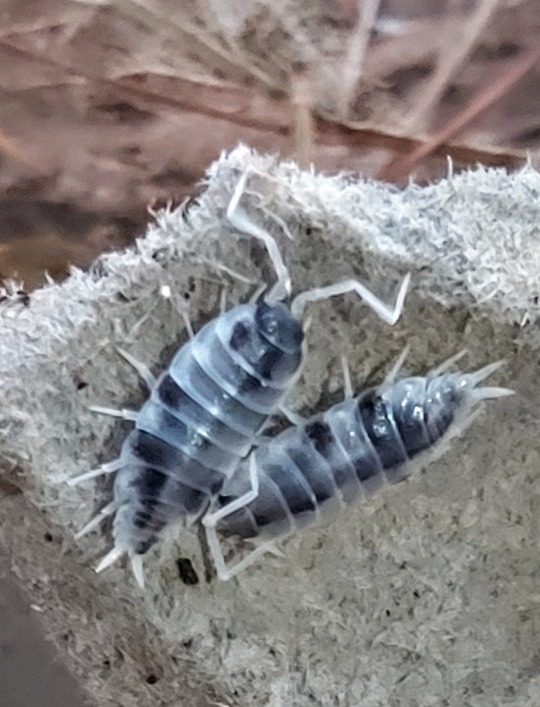
This is a larger family of isopods, which includes the previously mentioned Powder Orange Isopod as well as Powder Blue Isopods and many others
These guys are the isopods of the day because they cannot conglobate, unlike isopods in the armadillidae family. This makes them wonderful flat fucks
19 notes
·
View notes